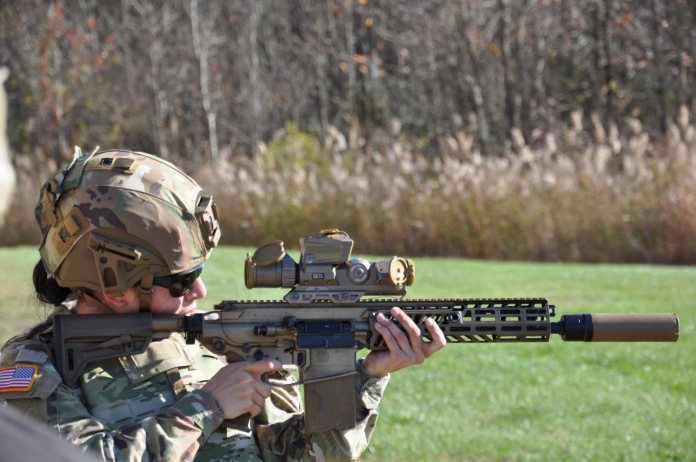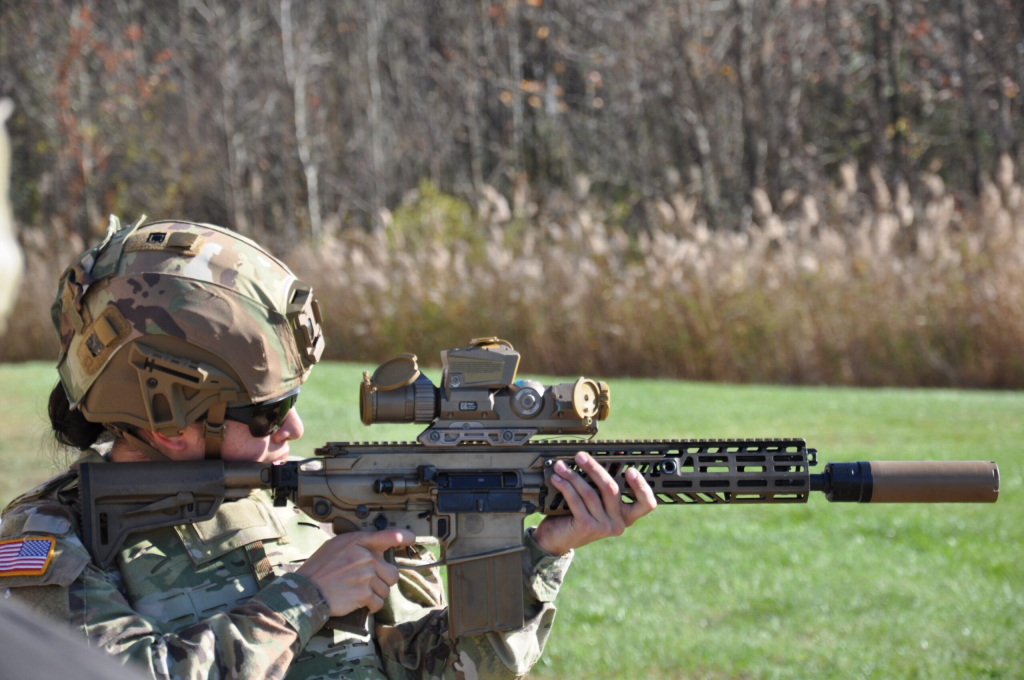
When military small arms are involved, the argument is seldom won with one shot. Is extra firepower worth added weight? Can a new round actually revolutionize the game? The U.S. Army’s XM7 rifle, star of the Next Generation Squad Weapon (NGSW) program, is testing conventional wisdom about range, killing power, and even the science behind battlefield supremacy.

1. The Problem: Outgunned at Range, Outpaced by Armor
The origin of the XM7 dates to the tough lessons of Afghanistan, where U.S. troops discovered their 5.56×45 mm NATO ammunition failed to penetrate enemy body armor and barriers at range. Lt. Gen. Mick Bednarek summed up the urgency: “The US is confronted with enemies wearing L2-3 body armor that excludes our lethality. irrespective of range.” The Army’s response was not merely a new rifle, but a new system centered on the 6.8×51 mm Common Cartridge, capable of delivering twice the effective range and penetrating today’s armor at 600 meters, well beyond the capabilities of legacy ammunition the 5.56 mm simply couldn’t match.

2. Designing the 6.8×51 mm: Ballistics Meets Materials Science
The 6.8×51 mm, or .277 Fury, is not simply a blow-up of earlier rounds. Sig Sauer’s hybrid case design, with a steel head and a brass body, allows for chamber pressures of more than 77,000 PSI, in contrast to the 65,000 PSI of earlier ammunition. This enables the cartridge to drive a 140-grain bullet at velocities near 3,000 feet per second to produce 2,706 foot-pounds of muzzle energy from a 16-inch barrel to make it an effective answer to defeating body armor at extended ranges. The hybrid case itself is also some 20 percent lighter than a brass case, an important factor considering the heavier weight of the rounds themselves.
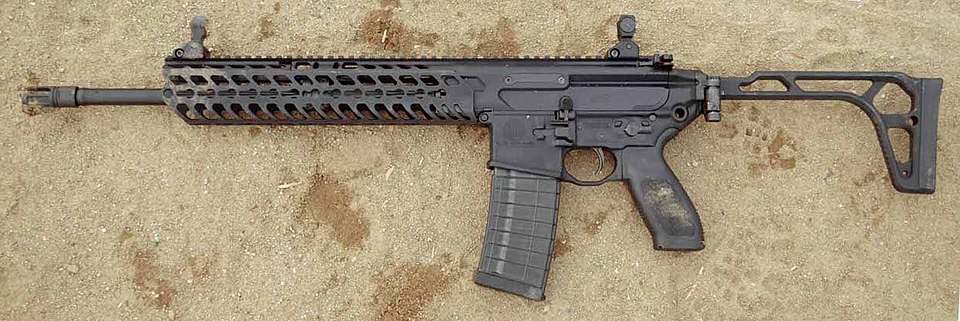
3. The XM7 Platform: Modularity and Mission Flexibility
Beneath the XM7 lies a modular, gas-operated, short-stroke piston mechanism born from the SIG MCX-Spear. The rifle is completely ambidextrous, with controls on both sides duplicated, and has an M-LOK rail platform for quick optic, light, and foregrip attachment. The fire control system enables rapid switching between fire modes, and the platform’s versatility includes suppressors and optics, such as the XM157 Fire Control smart scope, which combines a laser rangefinder, ballistic computer, and digital overlay allowing for accurate engagement at range.
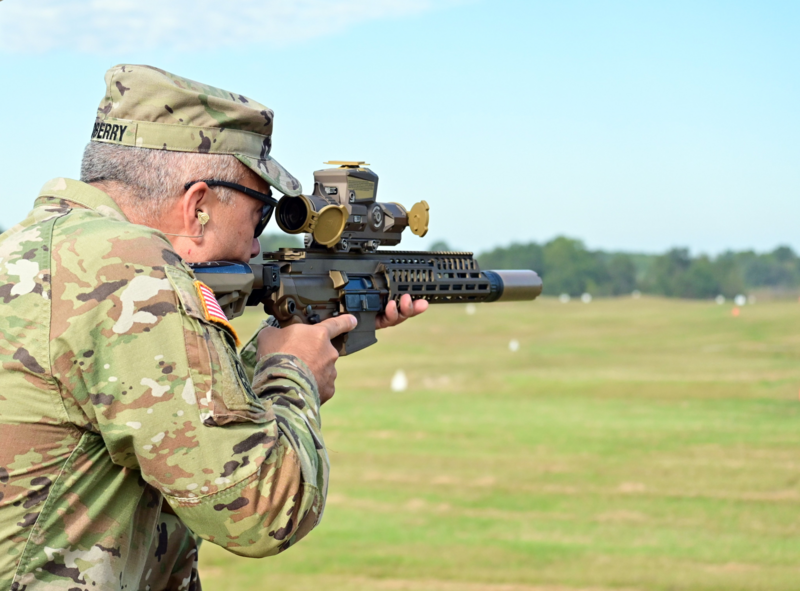
4. Field Testing and Soldier Feedback: A Mixed Arsenal of Opinions
The development of the XM7 from prototype to battle has been interspersed with intense, iterative field testing. Troops in the 101st Airborne Division, the initial recipients of the new rifle, have racked up over 25,000 hours of operational deployment. Numerous soldiers sing the praises of the XM7’s enhanced accuracy and dependability, with Spc. Shaquille Pusey saying, “The weapon is great.” I can fire effectively from all positions, and it gives me a lot of confidence.
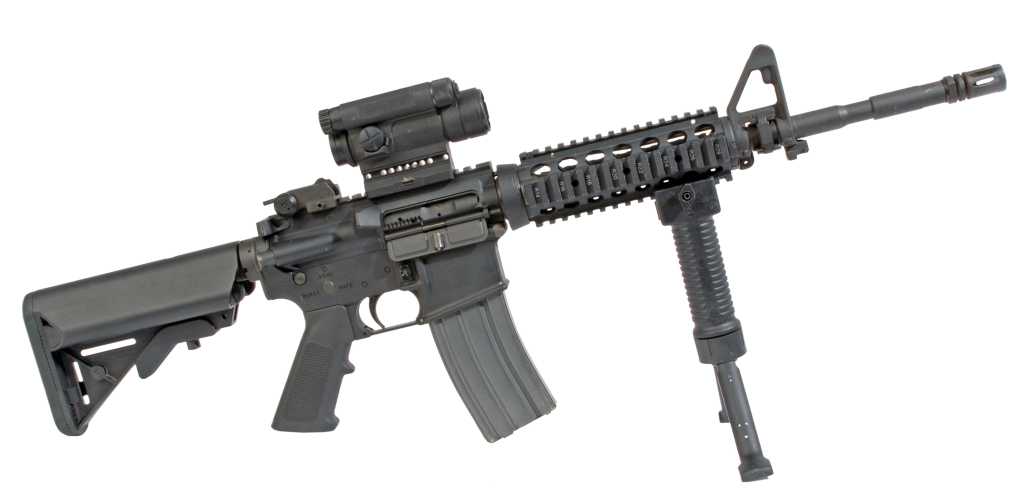
Sgt. Christopher Caldwell added, “With this weapon, I’m simply more lethal engaging targets at long distances feels effortless. It’s like having a cheat code.” There are still concerns about the heavier rifle 9.8 pounds with a suppressor versus the M4 at 7.4 pounds and its greater recoil, which some claim handicaps follow-up shots and exacerbates fatigue particularly during prolonged fights.
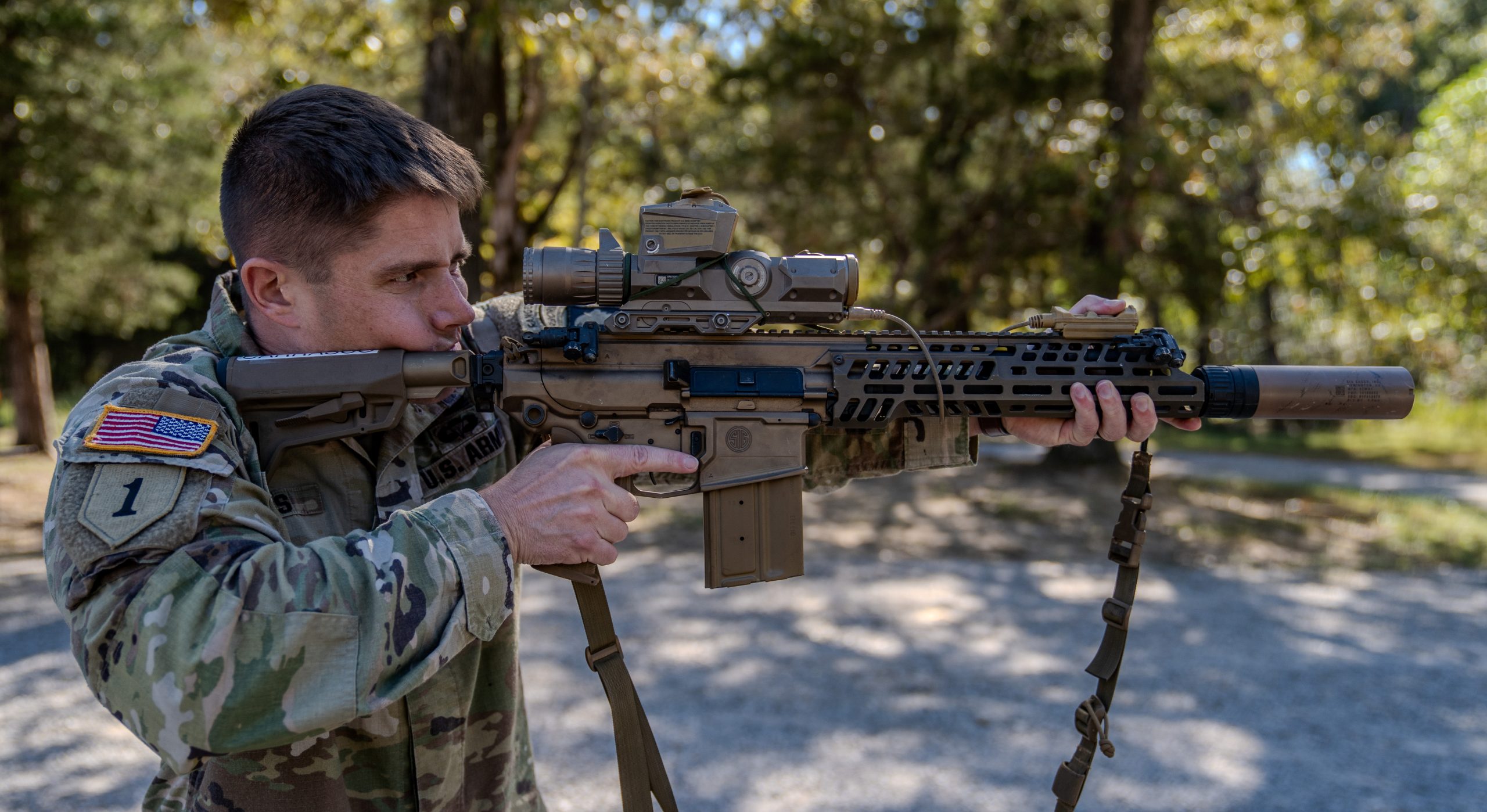
5. The Weight of Firepower: Ammunition Capacity and Soldier Load
Perhaps the most controversial is the decrease in magazine capacity. The XM7’s 20-round magazine, versus the M4’s 30, results in soldiers carrying 140 rounds rather than 210 as a standard combat load. “A 70-round difference may not sound like much, but to the soldier in combat, it definitely is a difference,” said Capt. Braden Trent, whose study pointed out how rapidly units went through their ammunition during live-fire training. Every loaded XM7 magazine contributes 1.25 pounds, so it will be hard for soldiers to achieve past basic loads without going over the Army’s 55-pound total load goal the trade-off between mobility and lethality is real.

6. Reliability, Durability, and the Science of Suppression
Initial fielding saw problems in barrel wear, suppressor locking rings, and the ambidextrous magazine release, though Sig Sauer has answered with engineering fixes. The hybrid cartridge’s high pressures first generated worries regarding chamber and case integrity, but Sig Sauer’s Jason St. John rebutted, “We do extensive reliability [testing], but more importantly, we do a lot of safety testing. There has never been an incident with the NGSW with an obstructed bore in our testing where. that rifle has seen any possibility of creating a problem.” Suppressor design similarly adapted to mitigate toxic fume blowback, the Army’s new MOUT Box protocol and Sig’s SLX suppressor line minimizing exposure to dangerous gases guaranteeing operational safety.
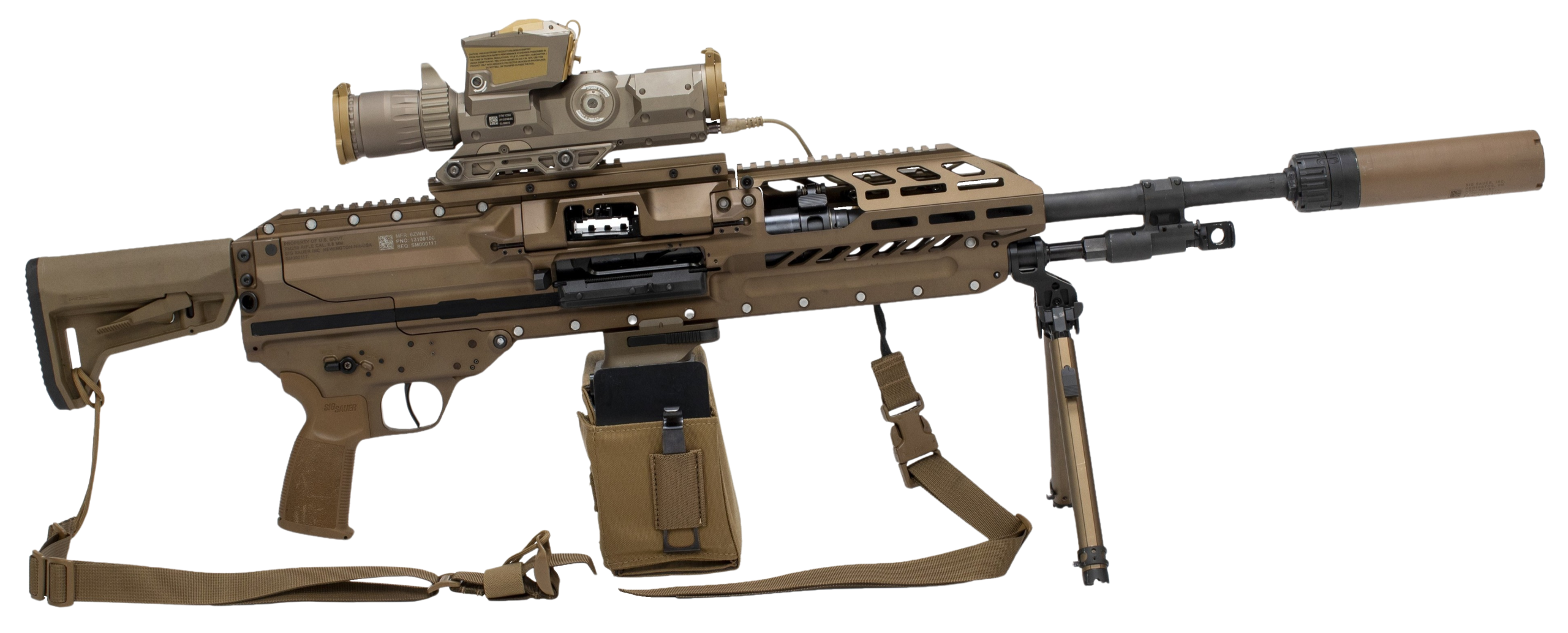
7. NGSW: A System-of-Systems Solution to Lethality
The NGSW program is a holistic approach to the way the Army thinks about small arms acquisition. Instead of simply looking at caliber, the program brings together advances in ballistics, material science, optics, and human factors. As one Army spokesperson put it, “The choice to adopt a 6.8mm cartridge came after extensive testing and evaluation by Army labs, which thoroughly evaluated threats, target sets, weight, performance, and controllability.” The XM7, with the XM250 automatic rifle and the XM157 optic, is engineered to provide greater lethality, accuracy, and probability of hit at the squad level a genuine system-of-systems for contemporary warfare with the hybrid cartridge as its technological backbone.

The Army’s bold plan to buy 111,428 XM7 rifles and establish a stand-alone ammunition factory in Missouri betrays the scope of this revolution. With the NGSW program still taking shape, the XM7 is both a leap forward in technology and a study in the intricacies of engineering, soldier comment, and the unrelenting quest for battlefield overmatch.
